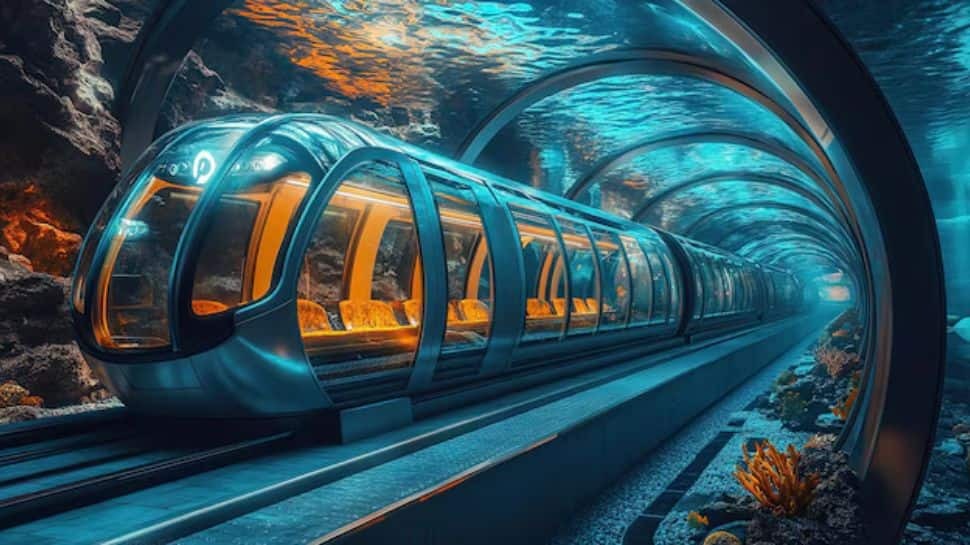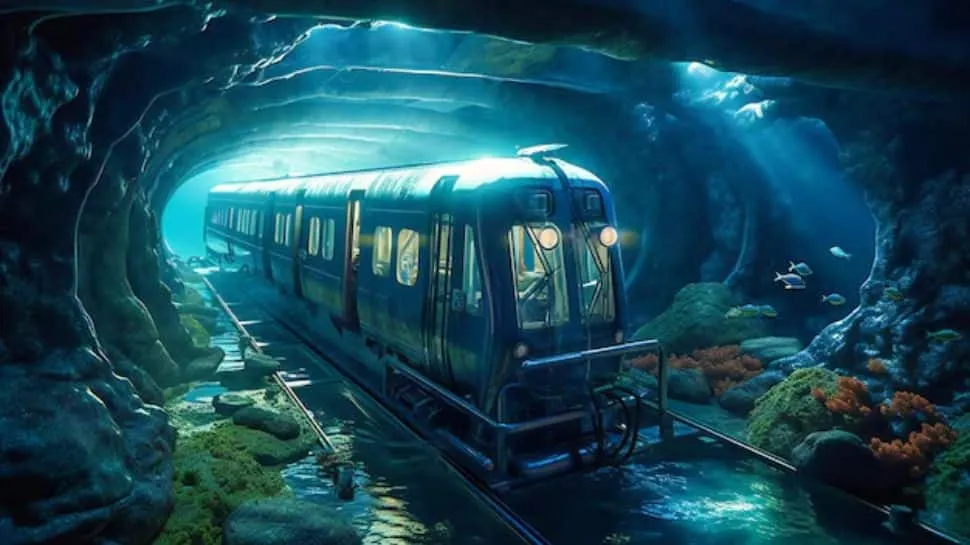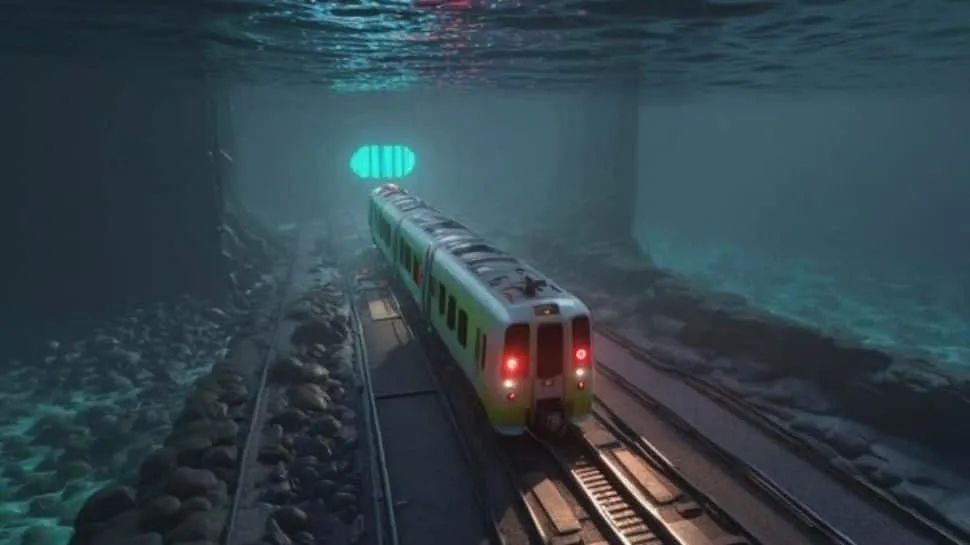On March 6, 2024, Prime Minister Narendra Modi inaugurated India’s first underwater metro, a groundbreaking achievement in the country’s transportation infrastructure. This metro line is part of the Kolkata Metro’s Esplanade route and features a unique underwater section beneath the Hooghly River.

Connecting Howrah and Salt Lake City
The metro connects Howrah and Salt Lake City, two major urban hubs separated by the Hooghly River. The total length of the metro line is 16.5 kilometers, with a 4.8-kilometer stretch running underneath the river. This underwater route provides a faster, more efficient way for commuters to travel across the city.
Cost and Construction
Built at an estimated cost of Rs 4,965 crore, the underwater metro is one of the most advanced projects in the country. It took years of planning and cutting-edge technology to ensure the tunnel beneath the river could be safely constructed and remain waterproof. The train takes just 45 seconds to traverse the submerged section of the route.

India’s Deepest Metro Station
Howrah Metro Station, part of this route, is located 33 meters underground, making it the deepest metro station in India. The underwater tunnel, which is situated 32 meters below the water level, is a technological marvel and provides a crucial link in the Kolkata Metro network.
Advanced Technology and Safety Features
This underwater metro system boasts world-class technology, including 5G internet connectivity for passengers. The tunnel, constructed using stainless steel, ensures a safe and dry journey for commuters. Earth Pressure Balance Tunnel Machines were employed to create the underwater tunnel without any risk of water leakage.

Affordable Ticket Prices
The ticket fare for this metro line starts at Rs 5 for the first two kilometers and increases to Rs 50 for the longest journey. The pricing is designed to be affordable while offering a unique, world-class commuting experience under the river.
India’s first underwater metro is a game-changer for Kolkata’s public transportation and sets a precedent for future infrastructure projects across the nation.
